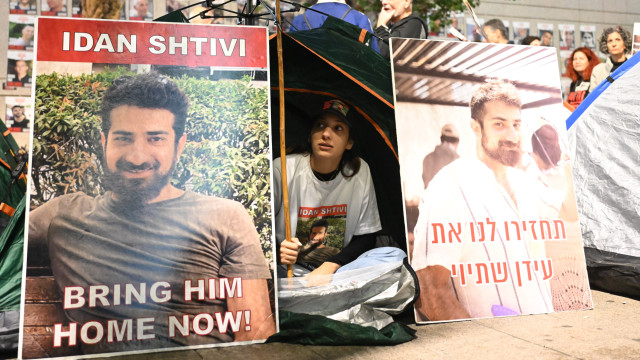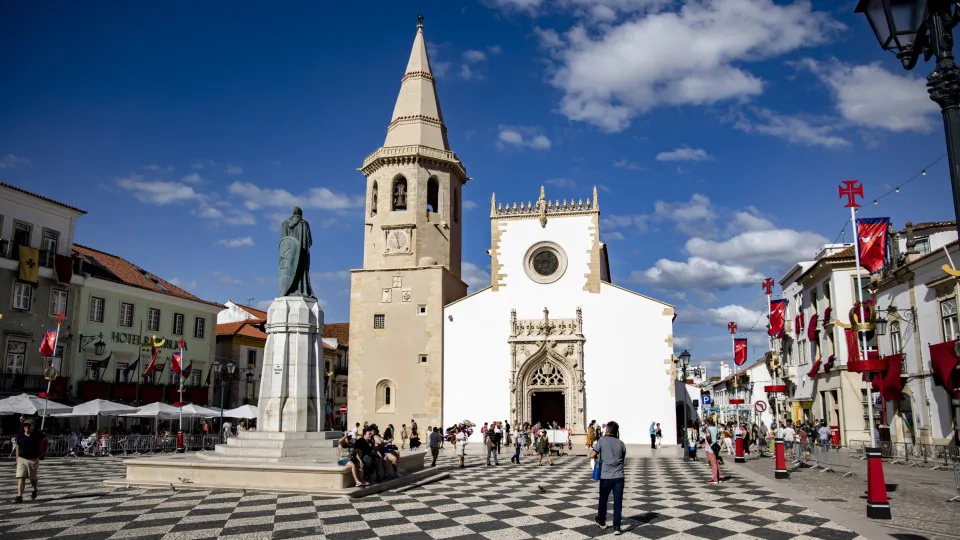
Opened on July 30, 2010, the Côa Museum marks its 15th anniversary with a total of 473,020 visitors. The highest annual attendance was recorded in 2024, with 44,824 visitors exploring its exhibition halls. These halls house not only the permanent collection centered around the Côa’s rock art heritage but also temporary displays engaging in dialogue with contemporary art by both Portuguese and international artists.
Over the past 14 years, the Côa Museum’s annual average attendance has hovered around 33,787 visitors. This figure accounts for the current year, 2025, and the museum’s inaugural year, 2010, when it was open for only six and five months, respectively.
Domingos Lopes, the acting president of the Côa Park Foundation, which oversees the museum, described the near half-million visitor count as “a highly significant number” during a discussion with Lusa.
“The structure aims to attract visitors and distribute them throughout the Alto Douro and Côa Valley territory. Even during the challenging Covid-19 pandemic period, it performed on par with museum structures in major urban centers,” Lopes noted.
He also emphasized the museum’s impressive ability to draw audiences well beyond national borders, despite its location in the country’s interior.
Lopes recalled initial divisions regarding the Côa phenomenon, notably between the museum’s construction and the Baixo Côa Dam project.
“I believe the museum has reinforced the notion that world-impact heritage deserves the effort,” he asserted, underscoring the importance of honoring such a valuable asset with pride.
The Côa Museum impacts both regionally and nationally, contributing to the conservation of the Côa Valley Archaeological Park’s heritage, demanding ongoing preservation.
“The museum functions as a visitor magnet, safeguarding the Côa’s rock art originals and territory,” stated Lopes. “It is equipped to accommodate numerous visitors for extended periods, thereby reducing pressure on the Côa Valley archaeological sites.”
The museum also hosts a Live Science Center, conducting several experimental archaeology activities aimed at regional and national schools. Numerous languages, apart from Portuguese, can be heard daily within its walls.
Currently, exhibitions on Amadeo de Souza-Cardoso and Nadir Afonso are on display.
“Nadir Afonso: Territory of Absolute Freedom” and “Amadeo’s Marginália” each showcase approximately fifty works by these “giants of Portuguese art” and fall under the Portuguese Contemporary Art Network (REPAC) program.
The museum’s exhibition program, merging contemporary expression with the rock art of the Archaeological Park, may later include a project dedicated to Pablo Picasso after the current temporary exhibitions.
Presently, “Nadir Afonso: Territory of Absolute Freedom” and “Amadeo’s Marginália” are the museum’s major summer draws.
The Nadir Afonso exhibition will continue until November 2, whereas “Amadeo’s Marginália” concludes on the upcoming Sunday.
Museum experiences are also shared by its staff, including archaeologists and other professionals.
Alexandrina Alonso, a veteran human resources senior technician at the museum, expressed her privilege in witnessing the institution’s evolution over 15 years, both nationally and internationally: “Since the museum’s inauguration, I’ve grown professionally and personally. My daily interaction with the Vale do Côa’s rock art and the region’s unique landscape continuously deepens my connection to this area,” she stressed.
Dalila Correia, another senior technician from the museum’s inception, remarked on the museum as an architectural masterpiece fulfilling its scientific goal of preserving the Upper Paleolithic art that enriches the region.
“As the world’s largest open-air rock art site, the museum building exemplifies contemporary art,” she affirmed.
Architects Camilo Rebelo and Tiago Pimentel from Porto designed the Côa Museum. Construction commenced in January 2007, leading to its opening on July 30, 2010.
The design concept reflected the idea of “Paleolithic art in the Côa Valley as possibly the first ‘Land art’ manifestation.” According to the preliminary project’s descriptive memory from July 2005, the museum’s “unique premise” is perfect “landscape integration,” transforming its structure into a “strong, assertive gesture,” a “subtle mark, sensitive to topography, minimally altering the hill’s profile, and dialoguing with the landscape.”
Located in Vila Nova de Foz Côa in Upper Douro, the Côa Museum’s seven exhibition rooms lead visitors on a temporal journey from the Upper Paleolithic to the present.
Accompanying the Archaeological Park, the Côa Museum serves as a gateway to explore the paleolithic art-rich region: the world’s largest open-air paleolithic art sanctuary.




